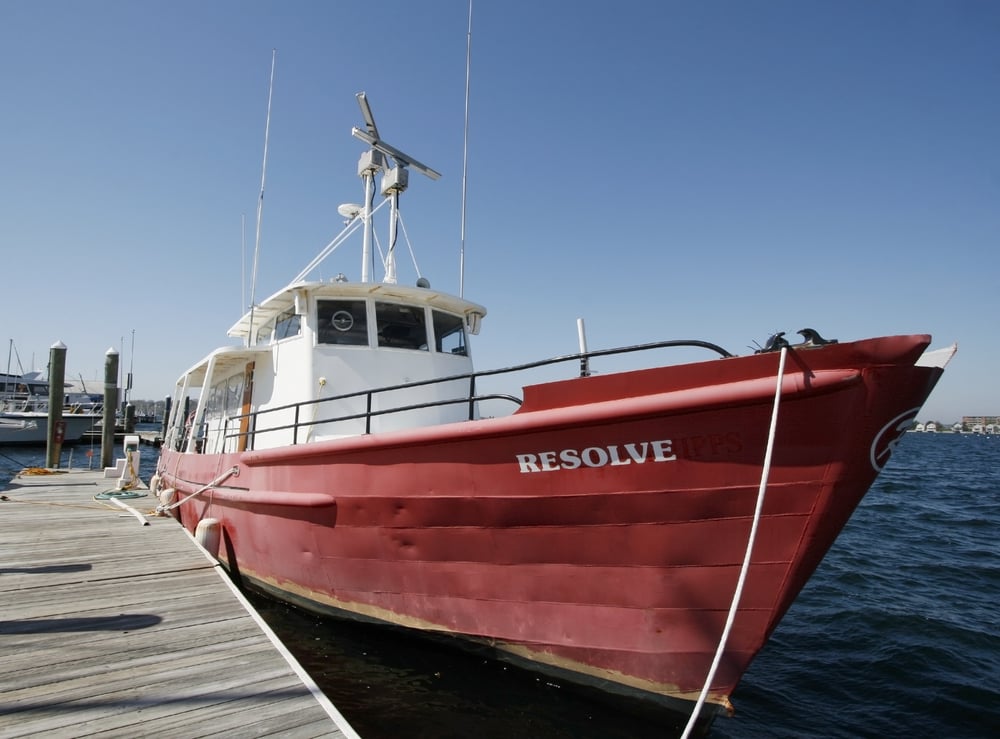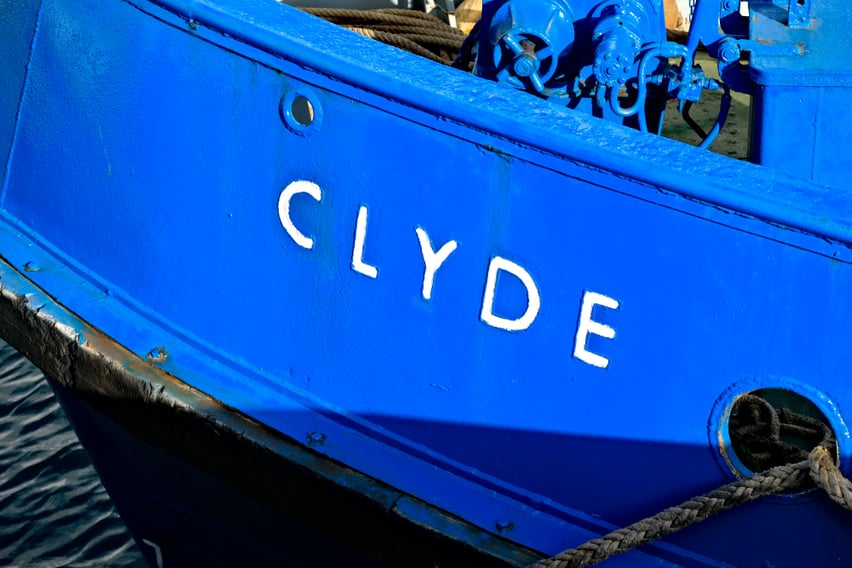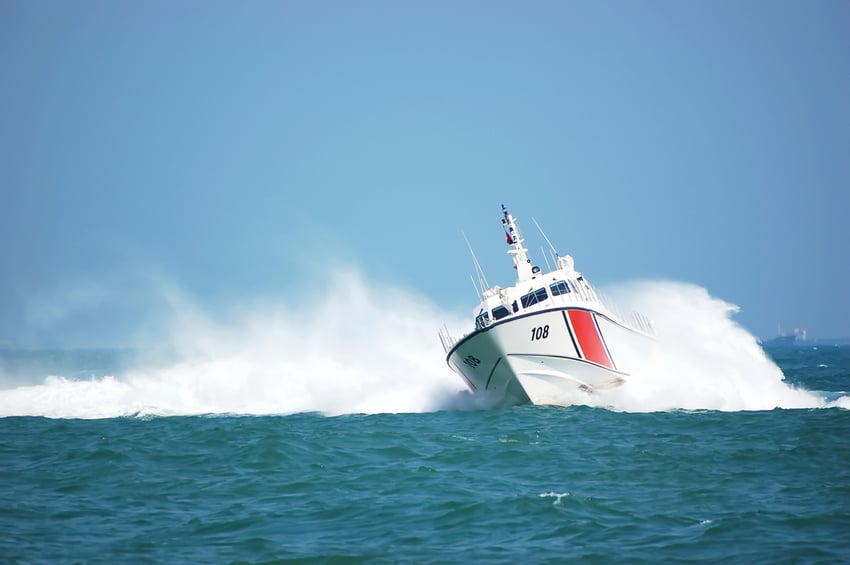Suppose you’re buying a boat to reduce stress and to find a way to escape the hustle and bustle of your everyday life. In that case, it may...
How to Rename Your Boat... And Avoid 7 Years of Bad Luck
Post by Team Dockwa - Published on 02/02/22 5:00 AM

To help make the re-naming process as easy as possible, below are a few essential steps needed to get your boat registered under its new name.
First: Give your boat a new name
This is the first and most important step to the whole process: deciding on a name for your boat that fits you and your style. If you’re worried that your boat name has already been claimed, don’t sweat it! There is a high chance that the name may already be in use, but thankfully boats are identified not by their name, but by their hull number. To see if the name you’re noodling on has been claimed in the United States check out this tool that searches over 400,000 registered boat names.
When thinking of a name for your boat, it’s important to note that the new name shouldn’t exceed three words – no catchphrases or song lyrics – and should be easy to communicate over the VHF radio. After all, if you’re ever in a pinch, it’s important to be able to easily pronounce your boat’s name to the Coast Guard.
Also, it goes without saying (but we still will) that you should avoid using names that are associated with derogatory names or slurs, sexist in nature or include profane language. Remember, you’re not the only one on the water, so please be respectful.

Second: Register your boat with the United States Coast Guard
Now that you have a name selected, it’s time to fill out some paperwork with the United States Coast Guard. A USCG Certificate of Documentation establishes the ownership and nationality of a vessel, meaning that your boat will be easily recognizable and documented. To be eligible for U.S. Coast Guard vessel documentation, recreational vessels must be wholly owned by a U.S. citizen and measure a minimum of five net tons.
BoatUS shared that there are three scenarios in which registering your boat with the Coast Guard is beneficial when heading out on the water:
-
You plan to use your boat in international waters: A Certificate of Documentation is internationally recognized and makes it much easier for an American vessel to enter and leave foreign ports.
-
You don’t want to display state registration numbers for aesthetic reasons: A documented vessel does not display state registration numbers. Instead, they visibly display their name, hailing port, and are subject to Coast Guard lettering requirements.
-
You opted to finance your boat and the bank requires vessel documentation: Lenders will frequently require eligible vessels to have documentation because documented vessels qualify for preferred mortgages. The Coast Guard cannot make changes in documentation (e.g., change of vessel ownership) without consent from the lender.
If you want to find out more information on what you need when registering your boat with the United States Coast Guard, visit their Vessel Documentation Center page and fill out the needed forms for your boat. These forms include the application for documentation (form CG-1258), proof of ownership form CG-1340, Bill of Sale form CG-1261 Builders Certificate), and an application for simplified measurement (form CG-5397), if the vessel has not been previously documented.

Third: Ward off bad luck
Depending on how superstitious you are, there are a lot of traditions that come with renaming a boat. It has been said that renaming a boat without following a few time-honored traditions can result in the Sea God Poseidon getting quite upset. You can find all of the listed sayings you need to recite here, but if you’re a bit superstitious and want to ward off any bad luck, make sure you:
-
Remove all traces of the current name: First, remove any item that holds the boat’s former name from the boat, including documents, decor, nameboards, and even life preservers. From there, strike the former name from every record – from logbooks to maintenance documents. Finally, write the old name in water-soluble ink on a metal tag. Do not take ANY item with the new name onboard the boat just yet.
-
Begin the “Purging” Ceremony: This purging ceremony is where you address the sea-god himself as you recite the traditional purging statement at the bow of the boat. After you recite this statement, you throw the metal name tag into the water.
-
Begin the “Renaming” Ceremony: Now that your old boat name has been offered to the bottom of the sea, speak to Poseidon again and recite the “renaming” statement.
-
Appease the four wind gods: We won’t list off the mythical beings that you need to address here, but you can find the full detailed steps for you to follow in the link above.
-
Finish with Champagne (if you’re 21+): Now that you’ve successfully pleased the ocean and wind gods, you’re officially free to indulge in the rest of your drinks and celebrate the renaming of your boat!

If you’re looking for some new boat name ideas or are interested in grabbing some more information for renaming your boat, visit this Dockwa blog post. Happy wandering!
Be sure to check out our other blog posts to get an inside look at our favorite destinations, marinas, and tips for first-time boaters. Join the conversation on Flipboard, Facebook, Twitter, and Instagram.




